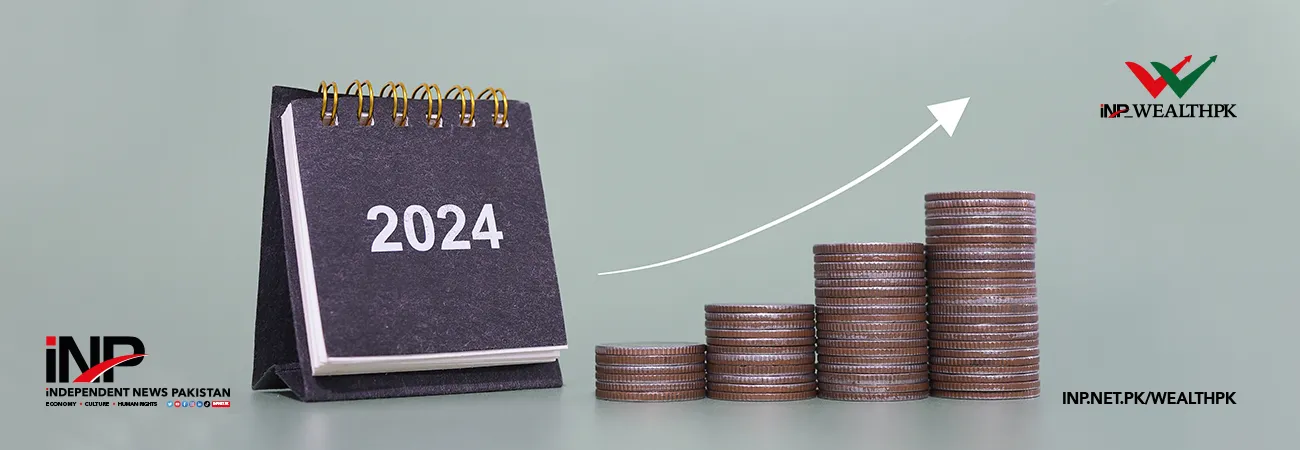INP-WealthPk
Qudsia Bano

Pakistan’s economy is on the path to stability and growth in FY2024, marked by a decrease in inflation, a surplus in the primary fiscal account, a negligible current account deficit, and a stable exchange rate. This positive trend is bolstered by significant improvements in large-scale manufacturing (LSM) and increased exports and remittances, reports WealthPK. According to the monthly economic report released by the Ministry of Finance, the large-scale manufacturing sector demonstrated resilience and recovery, expanding by 1.0% in July FY2024 compared to a contraction of 9.6% in the previous year. May 2024 witnessed a robust growth of 7.3% year-on-year (YoY) and 7.5% month-on-month (MoM), driven by strong performances in food, apparel, leather, coke & petroleum products, chemicals, pharmaceuticals, and machinery and equipment. Cement dispatches saw a modest increase of 1.6% in FY2024, totaling 45.3 million tonnes, with domestic dispatches accounting for 38.2 million tonnes and exports of 7.1 million tonnes.
However, the automobile sector faced challenges due to the high interest rates and import restrictions, leading to a 22.0% decrease in car production and a 15.7% drop in sales. Truck and bus production and sales also fell by 30.5%. According to the data, the Consumer Price Index (CPI) inflation is edging towards single digits, recorded at 12.6% YoY in June 2024, down from 29.4% during the same period in 2023. The average annual inflation rate dropped to 23.4% in FY2024 from 29.2% the previous year. Key contributors to inflation included housing, water, electricity, gas, and fuel (35.3%), perishable food items (20.8%), health (19.8%), and clothing & footwear (17.8%). Meanwhile, non-perishable food items saw a price decline of 1.8%, reports WealthPK. The government’s consolidation efforts reduced the fiscal deficit to 4.9% of GDP in Jul-May FY2024 from 5.5% last year. The primary balance showed a surplus of Rs1,620.5 billion (1.5% of GDP), contrasting with a deficit of Rs112.0 billion (-0.1% of GDP) the previous year.
This was achieved through increased revenue and controlled non-interest spending. The current account deficit (CAD) narrowed significantly to $0.7 billion in FY2024 from $3.3 billion the previous year. Goods exports increased by 11.5%, reaching $31.1 billion, while imports saw a slight growth of 0.9%, totaling $53.2 billion. This led to a reduced goods trade deficit of $22.1 billion. Service exports rose to $7.8 billion, while service imports climbed to $10.1 billion, resulting in a service trade deficit of $2.3 billion compared to $1.0 billion last year. Foreign Direct Investment (FDI) saw a 16.9% increase, totaling $1.9 billion, with significant contributions from China and the UK. Workers’ remittances reached $30.3 billion in FY2024, marking a 10.7% increase. Despite high policy rates, the money supply (M2) grew by 15.5% in FY2024. The Pakistan Stock Exchange (PSX) continued its upward trend, with the KSE-100 index gaining 2,566 points in June 2024, closing at 78,445. The market capitalization of PSX increased by Rs205 billion, settling at Rs10,375 billion. The government has been proactive in providing social safety measures despite limited fiscal space, says the report.
Credit: INP-WealthPk













